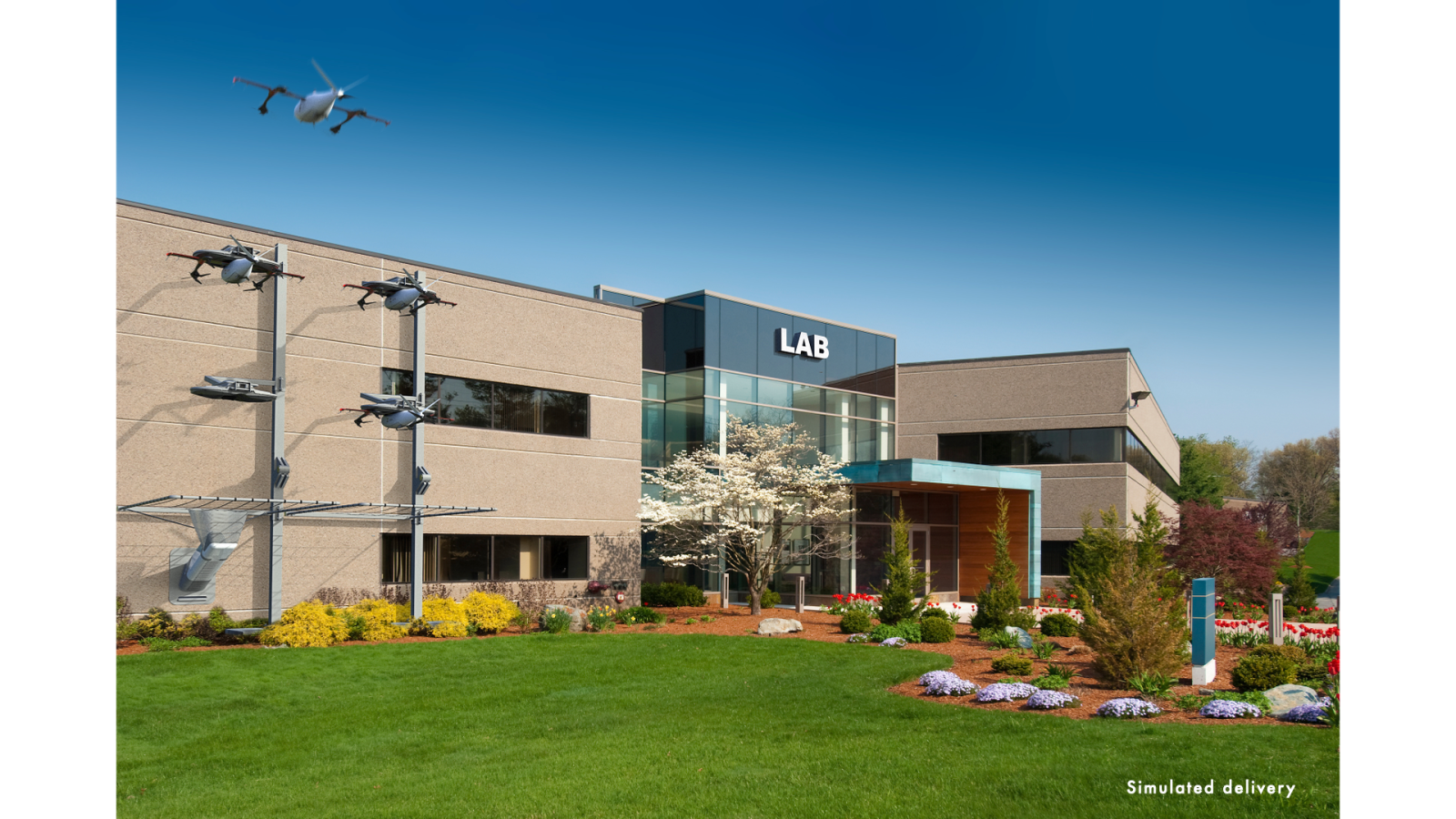
Leading instant logistics specialist Zipline isn’t just turning heads with its increasingly innovative drone delivery activity around the globe, but it is now also causing jaws to drop with fundraising effectiveness that has reportedly almost doubled its valuation to $4.2 billion.
News of its considerably enhanced financial stature in many ways mirrors Zipline’s surging reputation as the reference for how drone delivery can be effectively operated in a range of geographical settings – and for diverse objectives in medical, humanitarian, and commercial missions. Investors, it now appears, have been watching that expanding activity and want a part of its future.
Late last month, Forbes revealed Zipline had completed a $300 million Series F funding round that increased its total financial backing to a lofty $821 million.
But Zipline’s ability to attract investors doesn’t end there. In its report, Forbes said the Series F push potentially includes an additional potential $20 million if solicited. That grand total served to increase the company’s $2.7 billion valuation following its $250 million Series E round in 2021 to a new $4.2 billion.
Read: Zipline raises $250 million in new funding to fuel Africa, US activity
Those figures – which were corroborated by an April 10 financial filing in Delaware – would make Zipline by far the largest drone company in the US in terms valuation, and place it into (admittedly top-of-the-lungs) shouting distance of global leader DJI’s estimated $15 billion.
If the past is any indicator, meanwhile, Zipline’s history of attracting investment by going out and proving what it can do with drone deliveries before haggling over money may mean even more eye-opening financial backing may be on the way. Indeed, its investors appear to have been largely been attracted by the company’s determination to set out walking without losing time with preliminary talking.
For example, aware of how long it would take to navigate regulatory details to initiate drone delivery in the US, Zipline decided to concurrently create opportunity elsewhere. In 2016 it launched what became an expanding and diversified network of instant logistics aerial networks across Africa by helping national governments bring health care to remote or underserved communities. It proved a resounding operational, commercial, medical, and human success.
Read: Forget drones: Zipline says success comes from serving human needs
As it pursued that activity, Zipline continued working with the Federal Aviation Administration (FAA), and eventually began drone deliveries of specialized medical supplies to hard-to-reach destinations during the height of the COVID-19 pandemic. That was followed by additional UAV services in several US states, as well as to islands in Japan. More recently, Zipline teamed up with giant African retailer Jumia to manage its enormous e-commerce transportation to clients.
Based in part on Zipline’s demonstration of safe and efficient automated drone delivery services elsewhere, meanwhile, the FAA in 2021 granted the company its Part 135 certification to operate as a self-regulating airline. While a few other sector firms have earned similar authorizations, the terms of Zipline’s approval – which includes flying above people and conducting beyond visual line of sight flights over roundtrip distances of 26 miles – is the least restrictive of any US UAV carrier. Those additional liberties afford the company a distinct advantage in expanding and evolving its activities.
Its most recent move in that area came in March, when Zipline revealed an entirely revamped hardware and operational strategy for its US instant logistics network. That includes a second generation of “Zip” transport UAVs equipped with new, R2D2-esque mini-droids. Onboard fans allow those smaller payload carriers to position themselves while being lowered, and deposit customer orders on even the smallest available ground surfaces specified for delivery.
The Zipline “P2” network also introduced a new automated system built into client facilities that loads orders into delivery drones as they recharge outside in dual-purpose docks. The company said it plans to establish networks of those charging stations to cover entire urban areas. Those grids are designed to allow the nearest available Zipline UAV to respond and transport a customer’s delivery request wherever it’s made – thereby creating a fluid, adaptable network of vehicles that could previously only perform station-to-destination round trips.
Read more: Zipline unveils all new autonomous home delivery drone and payload droid network
Zipline will commence the first of around 10,000 test flights of its P2 drone delivery system before the the launch of live services expected later this year. If those evolve as successfully as Zipline’s activity around the globe has up till now, watching investors may respond with even more headline-generating financial support as the company works to kick scaling in even higher gear.
FTC: We use income earning auto affiliate links. More.




Comments